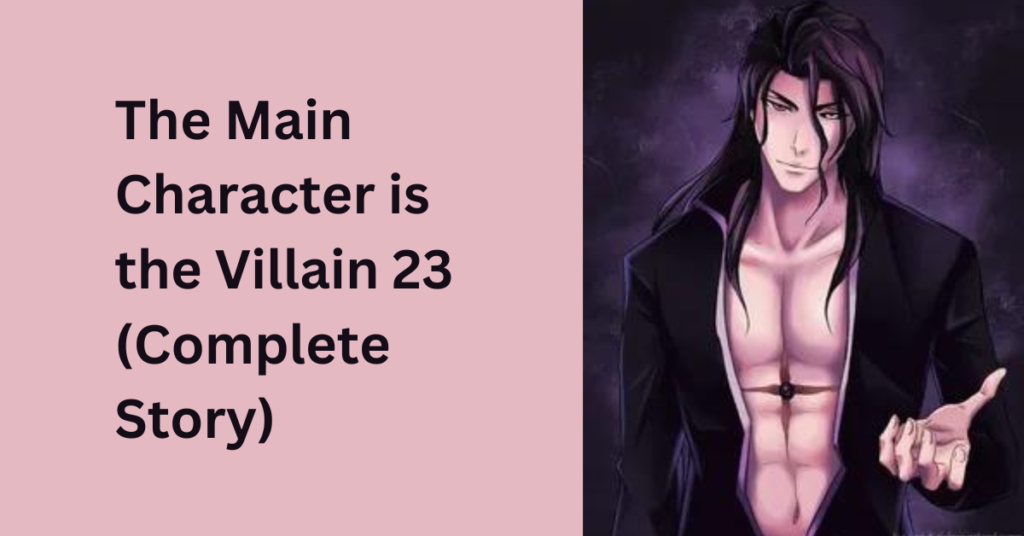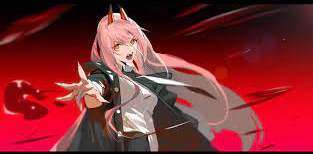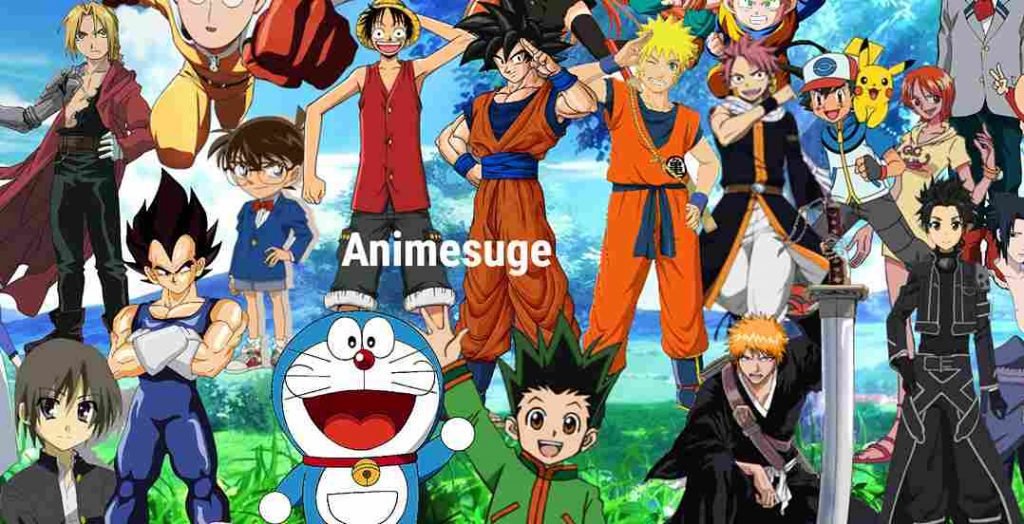Last updated on March 14th, 2024 at 08:51 pm
Have you ever read a story where the main character is the villain?
In this story, the main character is the villain. They cause all the problems and always try to oppose the protagonist.
This article will explore the villain’s character, often portrayed as an Antagonist, and delve into their motivations and desires.
Table of Contents
The Evolution Of Antagonist:
The bad guy’s name is 23. Dr. Doom made him the perfect villain, but he was too good and betrayed Doom. Now, 23 does terrible things like stealing and breaking the law. He causes problems for many heroes like the Avengers and X-Men.
The Mindset of the Villain:
You’re wondering what drives a villain to commit evil acts. They assume themselves as the hero of their own story. They enjoy being evil, and All villains share a common characteristic: They feel something is rightfully theirs. It could be power, money, or even just attention. They believe they are doing everything right.
The Motivations of the Villain:
The villain is typically the protagonist, and their drive is to perform wicked acts. The reason may include pursuing power, wealth, or the desire to cause harm. They may also have a personal resentment against a hero. Villains are also motivated by their evil actions.
Money- Motivated Villains:
Antagonists are egotistical and self-indulgent and do everything to get more money.
A notable example of this type of villain is Mr. Burns from The Simpsons. He doesn’t even care who he hurts and is always looking for different ways to make more money. He’s even ready to hurt his employees to save a few bucks.
Villains Driven by Attention:
The other kind of villain is self-centered, has very high opinions, and is obsessed with being the center of attention. They do anything to achieve their ultimate objective.
Joker from the Batman series is an excellent example of this antagonist. He is a selfish person who only wants attention. He doesn’t care about anyone else hurting anyone who gets in his way.
The Tactics of the Antagonist:
This story revolves around the villain and the strategies they employ to achieve their objectives. The villain is brilliant and sly. They always seem more intelligent and more cunning than heroes and know how to deceive people. The villain is always the one in charge.
1. Always have a Plan:
The Antagonist is always prepared with a scheme. They never find themselves without a plan. They are always confident in their actions and are consistently ahead of heroes. The villain is skilled at manipulating others to do their bidding.
2. Never lose control:
The Antagonist is always composed and never loses their cool. They have a firm grip on their emotions and control every situation. They never panic and are always in control.
3. The Antagonist’s Confidence is Unwavering:
The Antagonist exudes confidence and never second-guess themselves. They are always sure of their plan and never doubt their abilities.
4. Ruthless Antagonist
The Antagonist is always unmerciful and never fearful of doing whatever it takes to achieve their goals. They are never afraid to harm others or hesitate to take a life.
5. Master Manipulator:
The Antagonist is sharp and can deceive others to get what they want. They are good at understanding people.
6. Desire for Power:
The Antagonist’s desire for power always increases, and they are never happy with the amount they have. They are always curious about ways to increase their power and influence.
7. Selfish Person:
The Antagonist is always self-centered and nevertheless considers the needs of others. They prioritize their interests and are never concerned with anyone else’s well-being.
8. Cruel and Malevolent Person:
The Antagonist is always malicious and never hesitates to commit criminal acts. They don’t even care about people when hurting them.
Targets Of the Antagonist
The targets of villains suffer the most from the evil deeds of villains. The most common targets of antagonists are innocent people, people close to the protagonist, or caught in the middle of their schemes.
Here, we discuss in detail the targets of Antagonists.
Use Innocent Individuals as Pawns:
The individuals who fall prey to the Antagonist’s actions are often uninvolved in their schemes. They could be acquaintances, loved ones, or even people unknown to the Antagonist. The antagonists use them as a tool in their games or simply to achieve their goals.
Regardless of the situation, the individuals targeted by the Antagonist always experience the most suffering. They must live with the realization that the Antagonist exploited and controlled them. They may also have to cope with the physical and emotional trauma the Antagonist had caused them.
Individuals Closest to Protagonist:
The individuals closest to the protagonist suffer the most from the evil deeds of the Antagonist. The protagonist may feel a sense of responsibility for their loved ones and may even feel regretful for being unable to prevent the Antagonist’s actions. The protagonist may also desire to safeguard the victims from further harm.
Antagonist Victims as a Literary Device:
To progress the story, the author may use the target of antagonists as a literary device. They may be utilized to elicit empathy for the protagonist or to reveal the true character of the Antagonist. The victims may even drive the protagonist to conquer the Antagonist in certain circumstances.
The Aftermath of the Antagonist’s Actions:
The Antagonist’s Actions have an impact, and the results can be beneficial or harmful. Favorable outcomes may include the Antagonist obtaining their desires or accomplishing their objectives. Unfavorable outcomes may include the Antagonist’s defeat or apprehension.
The Final Battle between the Protagonist and Antagonist:
The hero and villain are about to engage in their final battle. Both are evenly matched, and no one can predict who will win. Only one thing is clear: anyone from both will die. They fought for many years, in which the villain killed the family and friends of the hero. The hero never gave up because he wanted justice for the acts the villain had committed. Ultimately, the hero wins the fight, but the villain dies. The hero has sacrificed everything to achieve this victory, costing them their souls.
You may also like to read.
The Dark Mages Return To Enlistment Chapter 10
Read Until I Make My Cousin Happy
Conclusion:
A good story has a good villain. They should be intelligent, powerful, evil, and someone the reader can hate and root against. In contrast, the poorly written villain is one-dimensional and uninteresting and can ruin a story. In this story, the main character is the villain. They always oppose the protagonist and the source of conflict and tension. He is a very wicked and smart person. He always does evil deeds, desires power, is selfish, and is never afraid to harm others. His actions can have good or bad outcomes, mostly targeting the people close to the Antagonist.







